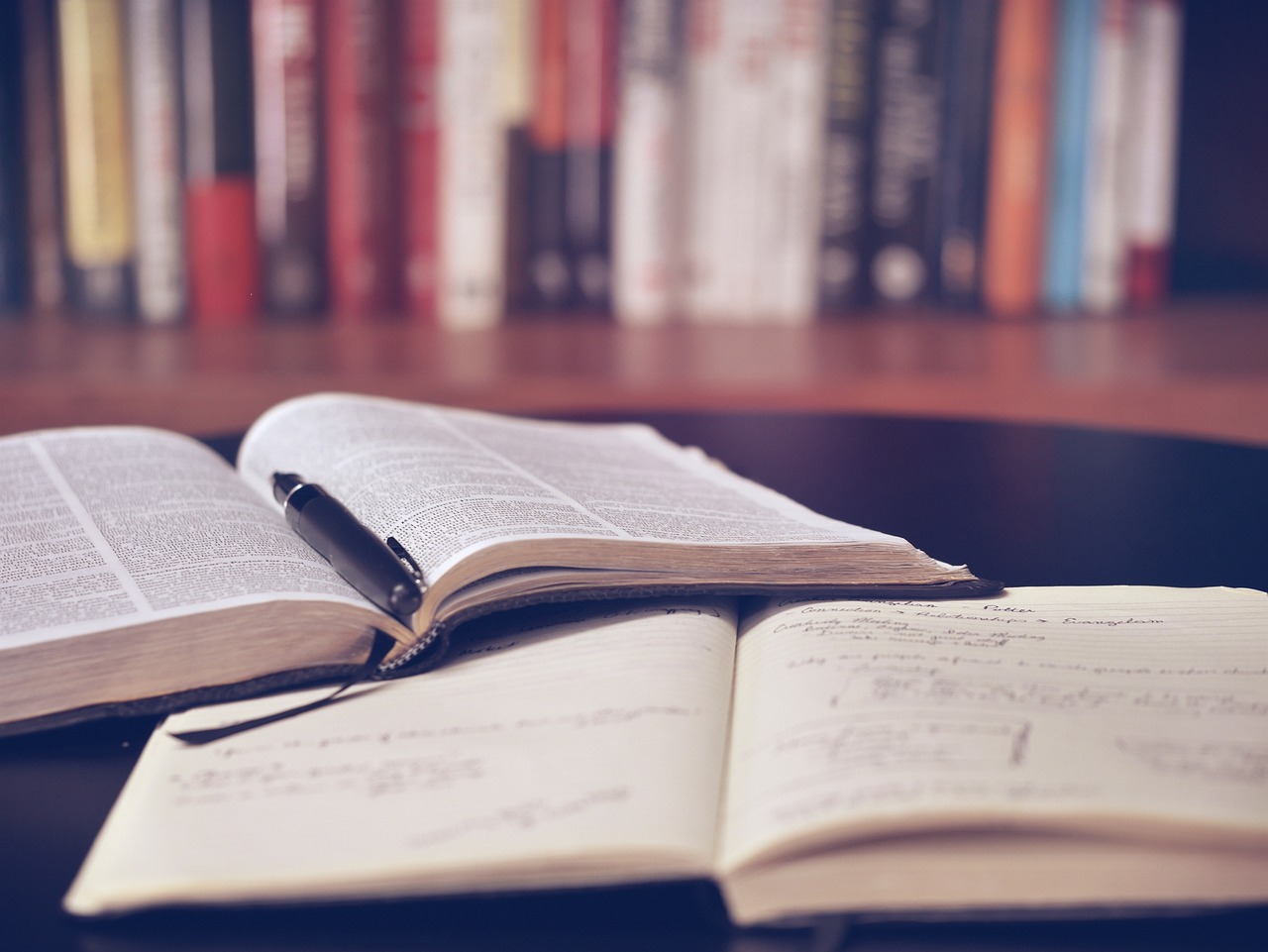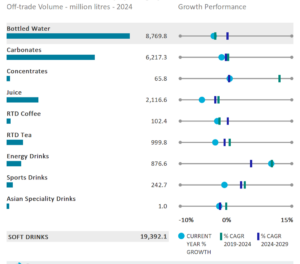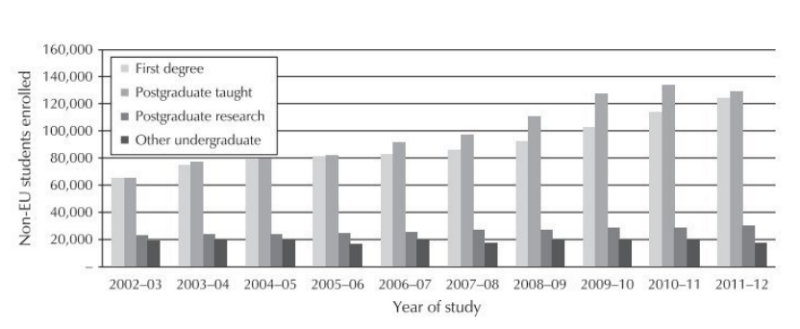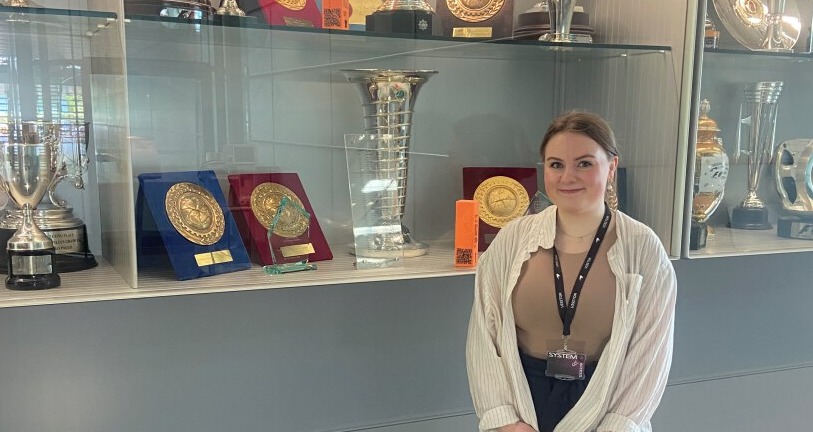How do I reference… images, figures, and tables in the APA7 style?
28/08/2025

So you want to use an image or table in your assignment – but you don’t know how to cite it? Read on to find out how.
Any images, figures, graphs or tables that you copy from another author or creator need to be labelled with a title that describes what they show, along with an in-text citation indicating their source and, at the end of your work, a corresponding reference for that source. If the source has page numbers, these should be included, just like in a citation for a direct quotation.
You should see our blog post on Formatting and cross-referencing of tables and figures for more information on formatting and cross-referencing (how to refer to the figure/table in your text).
Citing images that you didn’t create yourself…..
This datagraphic comes from Euromonitor’s Passport database. Note that the citation is with the Figure number and title, below the image.

Figure 1: Sales of Soft Drinks by Category in Germany (Euromonitor, 2024)
Reference:
Remember too that you will need to include the appropriate reference in your reference list. For the example above, the reference would look like this:
Euromonitor (2024, January). Soft drinks in Germany. Passport. https://www.portal.euromonitor.com/
Citing tables that you didn’t create yourself….
This soft drinks data is also available in table form within the same Passport report. Note that the in-text citation is below, but the table number and title are positioned above.
Table 3: Sales of Soft Drinks by Category in Germany

Source: Euromonitor, 2024.
Reference:
The full reference would again be:
Euromonitor (2024, January). Soft drinks in Germany. Passport. https://www.portal.euromonitor.com/
Citing an image or table that you have adapted from other sources….
If you have taken an image or data from another resource and developed or adapted it in some way, then you can indicate this in your in-text citation by adding the phrase ‘adapted from’ in the description of the figure/table. This would cover an image that you have redrawn and amended, adding a new column of data from another source to an existing data table or perhaps using data you have downloaded to create your own chart. See below for an example of an author doing this with an image.

Figure 3.1 Trends in non-EU student enrolments by level of study, 2002-03 – 2011-12. Adapted from International Unit (2013a)
Reference:
International Unit. (2013a). International Higher Education in Facts and Figures, Autumn. Retrieved February 14, 2014, from http://www.international.ac.uk/media/2416084/intfacts2013.pdf
If you have used multiple sources to adapt your image or table, make sure to cite and reference them all. You can use our blog post How do I reference… a table of data from multiple sources? to help, if you are creating a table.
Citing an image or table that you have produced entirely yourself….
Either mention in your writing that you have produced the image entirely yourself or or state Source: author’s diagram where you would normally put your in-text citation.

Figure 8: Incidences of weather terminology (Source: author’s diagram)
Don’t forget to refer to it in your text, but there’s no need to have anything in your reference list for this type of figure.
Please note: Cranfield supports two different referencing styles – APA7 (Author-date) and Numbered (NLM). Please make sure you use the style preferred by your supervisor or lecturer. The advice above relates only to the APA7 style. If you have any questions about referencing, please contact the Library.
Feature image from Pixabay. Available at https://cdn.pixabay.com/photo/2016/06/01/06/26/open-book-1428428_960_720.jpg
Categories & Tags:
Leave a comment on this post:
You might also like…
Preparing for assignments and exams?
Sorry! We know it seems a bit mean to mention the exams in January rather than looking forward to the break before it! However, we know many of you will be thinking about your forthcoming ...
Screening for FTSE 100 companies on Bloomberg
So you’re researching an index and need some data on its constituent companies? Bloomberg’s Equity Screening tool makes light work of this, not just for the FTSE, but for indices, exchanges and sectors worldwide. Type EQS ...
Accelerating my future: How Cranfield put me on the fast track to automotive safety innovation
Hello! I’m Michaela Kaiser, and I’m thrilled to share my journey studying abroad. I’m from Calgary, Canada, and I recently graduated from Cranfield’s MSc Automotive Engineering course. My path to Cranfield ...
From Myanmar to Cranfield: My path to Renewable Energy
As someone who is passionate about sustainability, my career goal is to build a path in the renewable energy sector. My aspirations comes from the benefits of developing sustainable energy sources and ensuring energy ...
From lifelong dream to circular economy leader: Q&A with Himesha Randeni on the Environmental Management for Business MSc
What does it take to turn a lifelong passion for the planet into a fulfilling and impactful career? For Himesha Randeni, the answer was the Environmental Management for Business MSc at ...
Library services over the Christmas period
Kings Norton Library will be open 24/7 throughout the holiday period as a study space. Library staff will work until 6pm on Friday 19 December and will resume their normal working hours from 9am on ...






